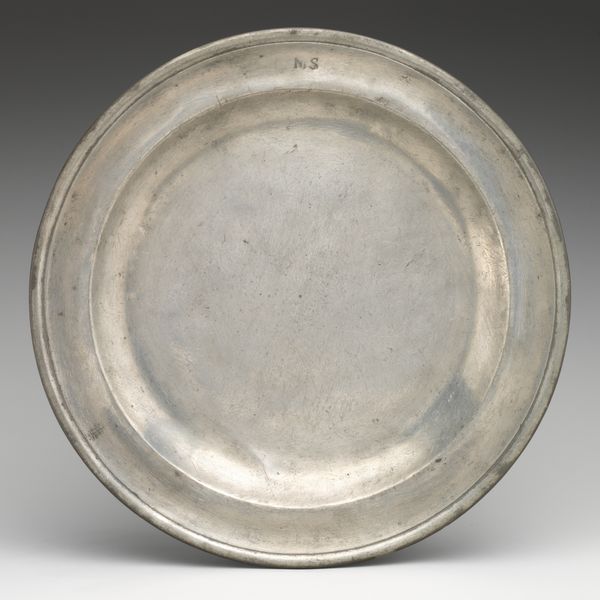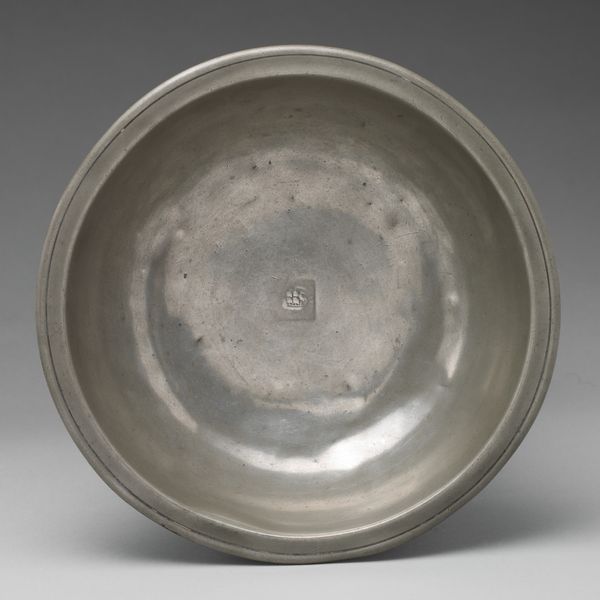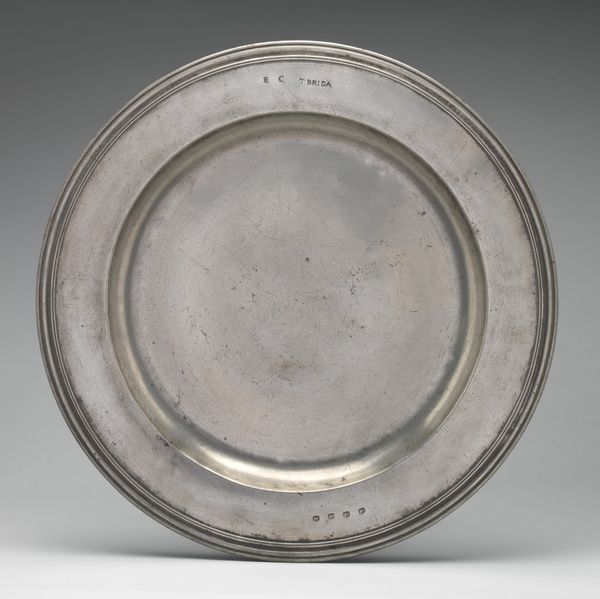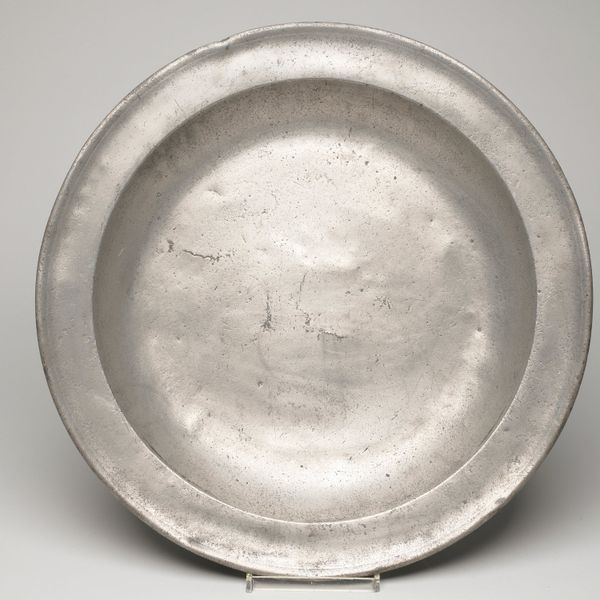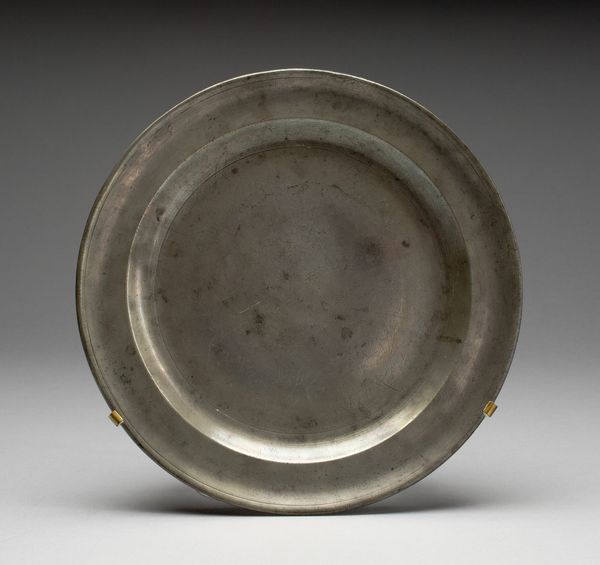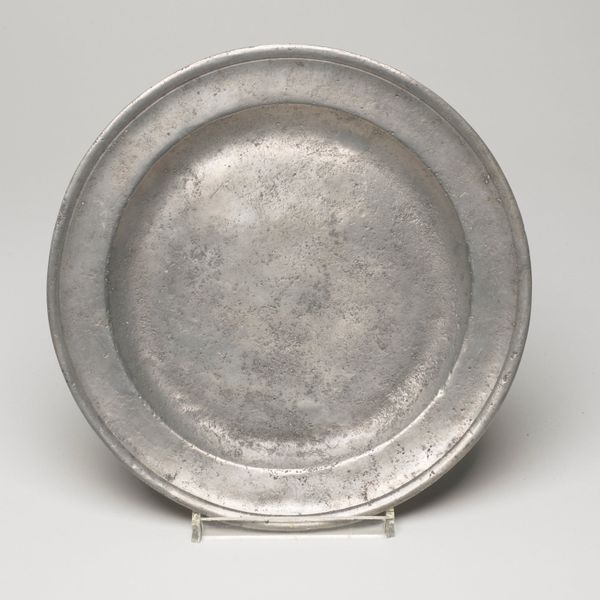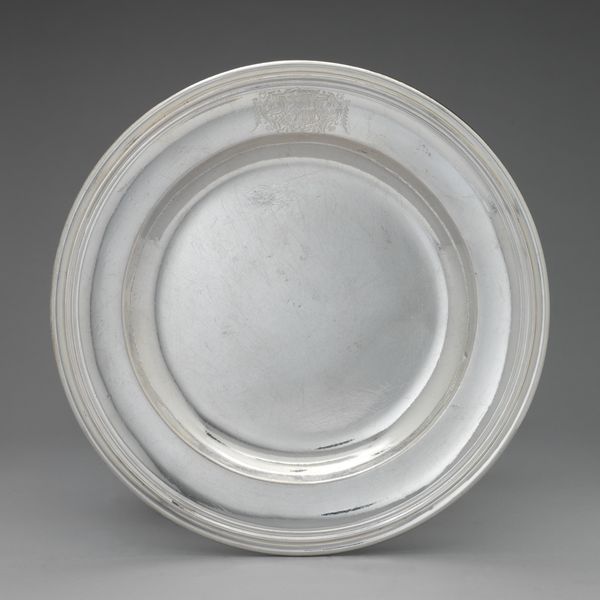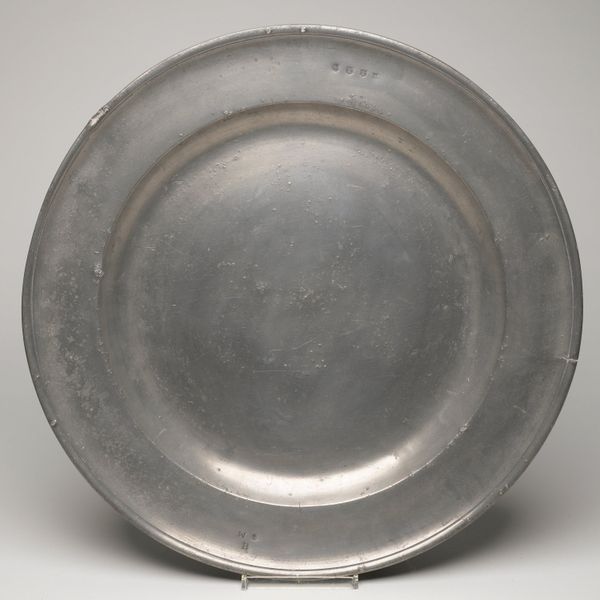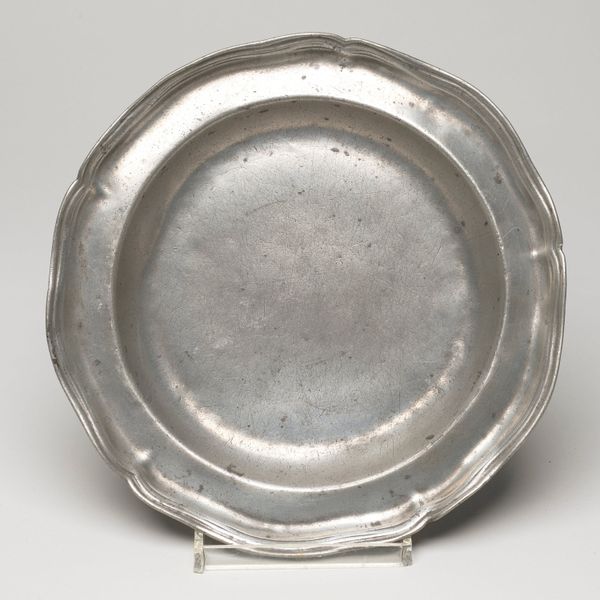
ceramic, sculpture
#
ceramic
#
stoneware
#
sculpture
#
ceramic
#
decorative-art
Dimensions: Overall: 1 × 13 1/2 in. (2.5 × 34.3 cm)
Copyright: Public Domain
Editor: Here we have a plate, crafted sometime between 1750 and 1799. It’s made of ceramic. There’s a quiet austerity to it that I find intriguing. How do you interpret this work beyond its functional purpose? Curator: Well, think about who would have used this plate. Was it for everyday use, or display? And what does that say about class and social hierarchy during the period it was created? Remember, seemingly simple objects can reveal complex social dynamics. Editor: So, the act of eating itself becomes a statement? Curator: Exactly! This plate wasn't made in a vacuum. Who produced it, and under what conditions? The story of the ceramics trade often intertwines with colonialism, labor exploitation, and the movement of raw materials and finished goods. Editor: That hadn’t occurred to me. It’s just a plate, but it speaks volumes. Curator: Precisely. Consider also, how does its relatively unadorned nature push against or conform to popular styles or tastes? What can we learn about prevailing social values from its form? Editor: I’m starting to see how even an everyday object can be a powerful artifact for understanding social structures. Curator: Indeed. It challenges the way we see art history; art doesn't just come in a gilded frame, sometimes it sits at the dinner table. I learned something here as well, thanks for your perspective!
Comments
No comments
Be the first to comment and join the conversation on the ultimate creative platform.
